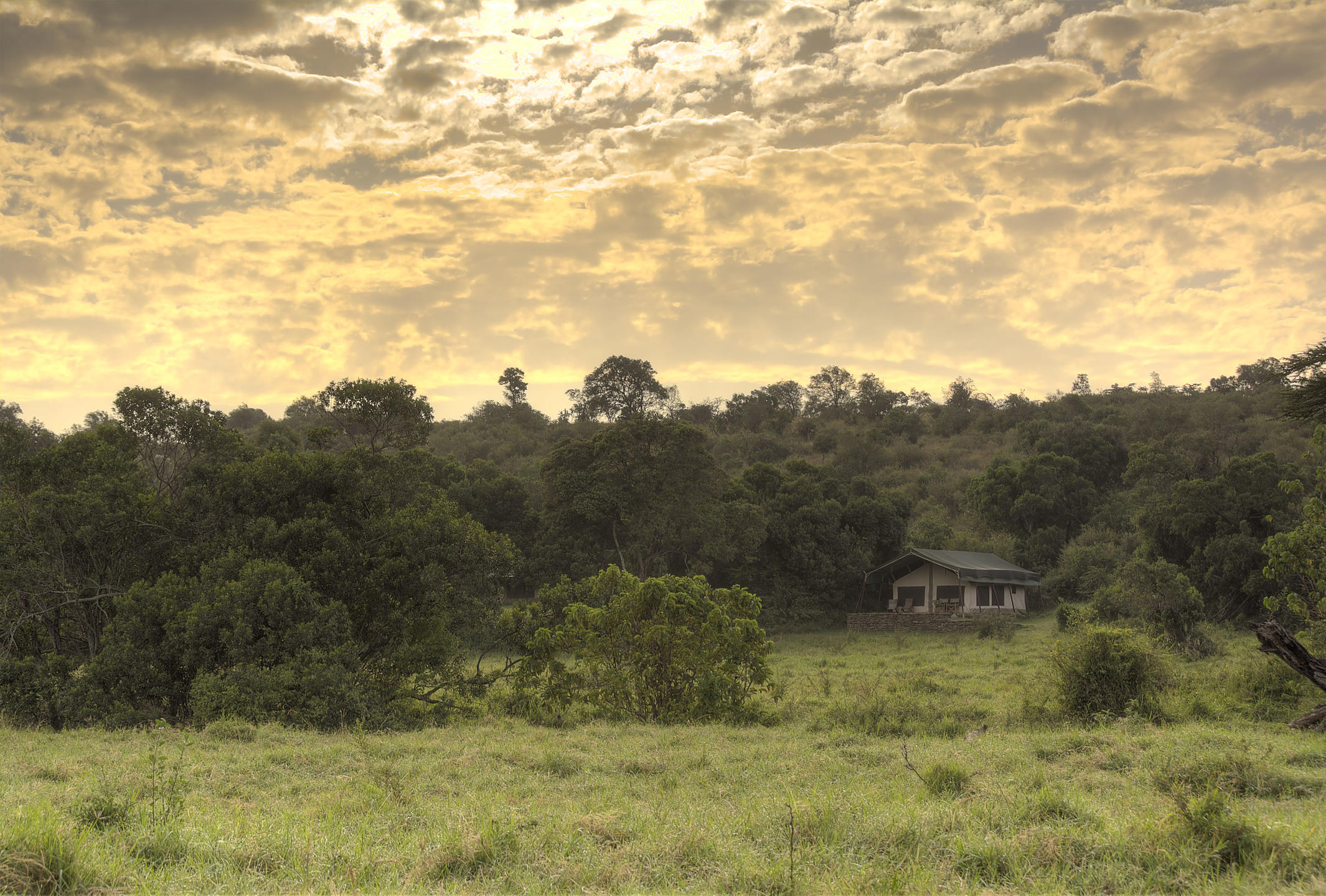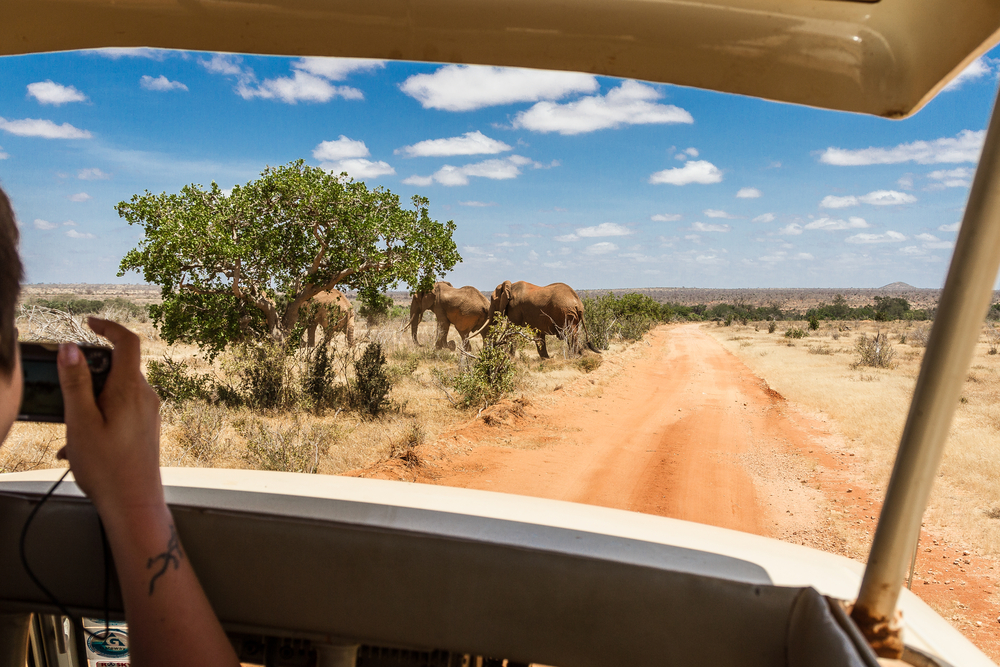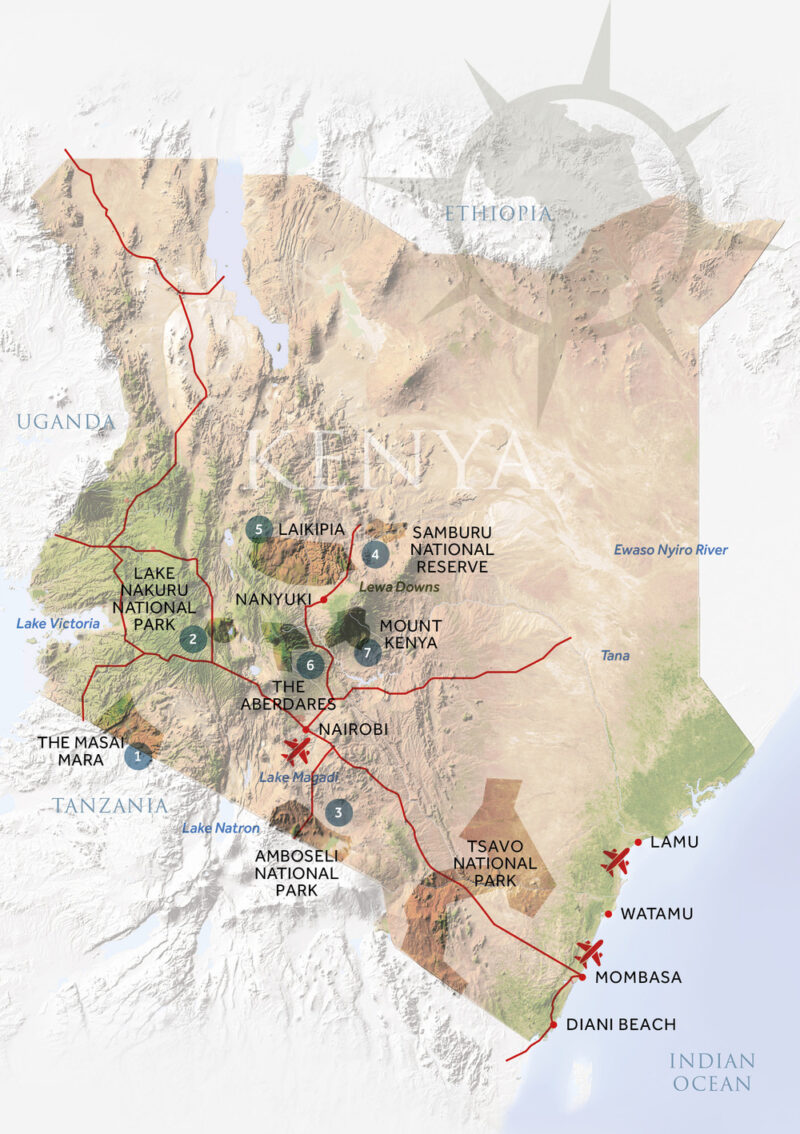
Kenya
Kenya is the quintessential safari destination. Its compact national parks and conservation areas offer a stunning variety of landscapes and flora and fauna while camps and lodges range from small authentic tented camps to historic family homesteads.
From the Maasai Mara National Reserve, famed for its big cats, to the iconic view of Kilimanjaro from Amboseli National Park, every day offers something exciting and new. Kenya also stands out for its contribution to wildlife conservation – pioneering projects can be visited here – easily incorporated within your safari experience to offer a deeper understanding of the country and the challenges faced by modern day Africa.
You’ll find a useful guide to Kenya and some of its attractions at the bottom of this page, along with a handful of sample safari journeys to inspire you. All our private safaris are tailor-made – there are many different combinations possible and we work with a multitude of camps and lodges and not just the ones shown in the sample tours. We are happy to suggest combinations using our personal knowledge and first-hand experience of these areas, but if you have a preferred lodge/camp please let us know.
We’re dedicated to offering you a personal service using only expert consultants with extensive first-hand knowledge and offering you financial protection through our partners for full peace of mind.
Every booking directly helps conservation in Africa.
For price guides and further information please visit explorersagainstextinction.co.uk
Highlights of Kenya:
Rift Valley Lakes Including Lake Nakuru National Park

When To Go
Overview
You can visit Kenya year-round. The most popular time to travel is from July to February, and as most parks are at altitude it rarely gets too hot. Temperatures peak January to March at around 28 degrees. The Great Migration arrives in the Mara in July and stays until October, an unforgettable spectacle. The main rains fall in April and May, transforming the landscape to a lush green, although the seasons are increasingly unpredictable. There are many newborn animals following the long rains.
Dry season (hot): January – March
This is the hottest time of year and an excellent time for game viewing. The grass and vegetation is thin and low, allowing for uninterrupted views and fewer places for the animals to hide. There is also less water, meaning the animals have to congregate around rivers and waterholes, making them easier to spot. This is considered one of the best bird-watching periods too, with the birds visible and with migratory species moving through.
As many of the main national parks and reserves are up in the central highlands the temperatures are not as high or humid as they are on the coastal plains. Early morning game drives are cool, and many camps and lodges have pools with shady areas to relax around during the heat of the day. On the coast it is hot and the water is at its clearest for diving and snorkelling.
Green season: April – May
The long rains start in late March traditionally and continue through until the end of May. As a general rule the rain falls in the late afternoon as either spectacular thunderstorms or torrential downpours that can continue into the night. Mornings are generally clear and bright. The whole landscape comes to life, with the new grasses coming through and the plains dotted with flowers. Many animals give birth during this period, so there are lots of young around and in hot pursuit are the lions, leopards and cheetah keen on feasting while they can on these easy meals.
Advantages of travelling during this period are that prices are lower, you avoid the crowds, the wet ground keeps the dust down when travelling off road and there are plenty of young animals to admire. It is also a great time for photography with the light, lush backdrops, dramatic skies and lack of haze. Downsides are that roads can get damaged and impassable so a 4×4 is advisable. Some camps close in April/early May for refurbishment but the majority continue to operate throughout the year and offer excellent special rates at this time.
Dry season (cool): June – September
Slightly cooler than the spring thanks to the rains clearing the humidity, this time of year is famous for the annual migration that enters the Maasai Mara at this time. Over one million wildebeest and zebra cross the Mara River and graze the rich, post-rain grazing. It is one of the greatest wildlife spectacles on earth, and this time of year is a wonderful time to be witnessing it. The grasslands are not as dry as they can be in January with the animals still finding plenty of food and water. With the animals come the big cats, still after the young wildebeest.
Should you wish to visit the Northern areas, such as Samburu, then this is a good time too – late May into June is actually our favourite time in this region. With its more arid and dry climate, it is hot all year-round, but this time offers the best window to witness its rugged and wild beauty.
Short rains: October – Mid-December
During these months come the short rains, a secondary wet season. They are a lot drier that the main rains but are a vital part of the annual cycle to keep the grazing growing for the animals to last through until the spring. They tend not to be as long or disruptive, but there can be downpours that damage roads and increase driving times. As a rule they do not affect itineraries or viewing, a fact illustrated by the fact that camp prices are much the same for this periods as for the dry seasons.
What To Do
Kenya offers all the classic safari options. With our fly-in safaris we use small planes ranging in size from four seats upwards, with game drives conducted in the camps/lodges open-sided safari vehicles.
With flying you can maximise your time in the key wildlife areas, avoiding long journeys. Your safaris are conducted by rangers who live in that region and therefore have an extended knowledge of that park/reserve and its wildlife. You can also enjoy all sorts of added benefits like bush breakfasts and sundowners out on the plains during your game drives.
We can also include walking safaris, specialist tracking and conservation visits at certain properties, night drives and balloon trips.
Several pioneering conservation projects are based in Kenya adding a different dimension to your travels – you can visit the Sheldrick Trust in Nairobi National Park, meet the rangers who work 24/7 with the elephant orphans, and spend time with the elephants; or you can safari in Samburu, spending time at the Save the Elephants research centre, meeting scientists and renowned conservationists like Saba Douglas-Hamilton. You can stay on private conservancies at the forefront of the modern conservation movement, such as family owned Borana or Lewa, or the Ol Pejeta Conservancy – all known for their extensive work with rhino conservation.
Kenya is one of the best countries to visit for a safari if you are short on time, are new to safari or are looking for a good value. The main parks are all near to each other (by African standards…) and have a high concentration of animals, making the game viewing reliable. If you have longer, there is a large variety of landscape and terrain to enjoy, from arid semi-desert, high altitude forest, fresh water and soda lakes to rolling grassland. Add to this excellent camps and lodges, and it makes for a wonderful holiday destination.
The most famous of Kenya’s reserves is the Maasai Mara. Situated on the countries South-West border and abutting the Serengeti National Park in Tanzania, this area of open savannah is famous for its big cats – indeed it is here that the BBC filmed their “Big Cat Diary” series. This reserve is different from many of the other national parks, in as much as the Maasai people still own the land and can be seen grazing their herds in the northern concessions.
The Mara is also home to the annual Wildebeest Migration, when over one million animals cross from the Serengeti every year in search of fresh grazing. There is a wide selection of safari lodges and camps available in the Mara, from large lodges of up to 100 rooms down to intimate camps set in their own private concessions to the north. We tend to favour the private conservancies which offer a more exclusive experience.
Kenya is also famous for its Rift Valley Lakes, that lie on the floor of the Great Rift valley. The most famous is Lake Nakuru, a national park that is home to a multitude of flamingos as well as being a place to see rhino. Lake Nakuru, and the smaller Lake Elementaita to its south, are both soda lakes, but the nearby Lake Naivasha is fresh water and as a result is a popular destination for bird watchers, with fish eagles and kingfishers abounding. Lodges in the lakes tend to be larger and more commercial, offering weekend escapes to people from Nairobi.
Mt.Kenya is the highest mountain in Kenya, and the highland area known as the Aberdares nearby allows you to visit upland forests and heath not seen elsewhere. There are a few Mountain lodges in these parks, often situated near water holes where the animals, especially elephants come to drink.
If you wish to see Kilimanjaro, situated across the southern border in Tanzania then the best place to visit is Amboseli. It is here that the iconic images of the open plains, often with elephants, are taken with Kilimanjaro looming up as a backdrop. If you want to take this photo yourself, then go soon. Its estimated that in 15 years the snow and glaciers will all have disappeared from the summit. It is possible to stay in Amboseli National Park, or the private conservancy of Chyulu Hills.
Slightly to the North-West is Samburu National Park, a much drier landscape with the ‘special five’ – its own unique animals – such as the Grevys Zebra and Reticulated Giraffe, specifically adapted to life in this harsher environment. We absolutely love Samburu with its characteristic red earth, mighty broad river, doum palms and vast herds of elephants. Visiting the Save the Elephants research centre is recommended as is a trip to the Reteti Elephant orphanage slightly further north. Beyond Samburu, away from the national park you’ll find community lands where a range of different activities and experiences are on offer. Sera Conservancy offers black rhino tracking. Further north, the Mathews Range makes for an exceptional stay – not so much wildlife-focused – but more about being out in the beauty of nature, learning about, and forming connections with the people and enjoying different activities in this spectacular landscape.
Down by the coast lie two of the largest of Kenya’s National Parks, Tsavo East and Tsavo West National Parks. Popular with holidaymakers enjoying a stay on the coast, they are home to good levels of game but the large areas – and often short duration of stays here – makes the game-viewing more hit and miss.
Why We Love
If you wish to go on a safari to see as many animals as possible as quickly as possible, then Kenya is a great choice as wildlife viewing is so reliable, particularly in the Masai Mara. Because the wildlife viewing is so reliable, and you can see an incredible amount in just 4 nights on safari, Kenya also offers good value holiday options – you can spend the rest of your holiday at the beach for instance (at a lower nightly rate).
The country offers the chance to view lion, leopard, rhino, elephant and buffalo, as well as a myriad of other fauna and flora. It also offers a wide variety of terrains within a small (for Africa) area, allowing you to visit different habitats in a comparatively short period of time.
Journey times are shorter and the roads better (we didn’t say good..) than in other destinations, and there is a good network of flights, meaning you can easily visit several regions on the same safari. National Parks are smaller than in many other countries, meaning the game is more concentrated and the viewing easier. This is particularly useful if you are travelling with children whose attention span is shorter.
Kenya is a vibrant and beautiful country and the local guides will be able to tell you about the country.
Explorers Against Extinction supports a number of projects in Kenya.
